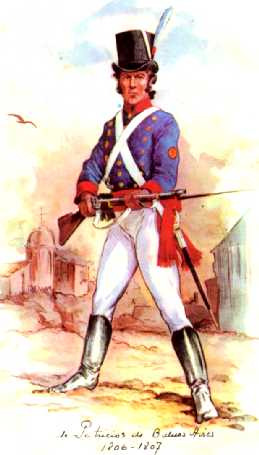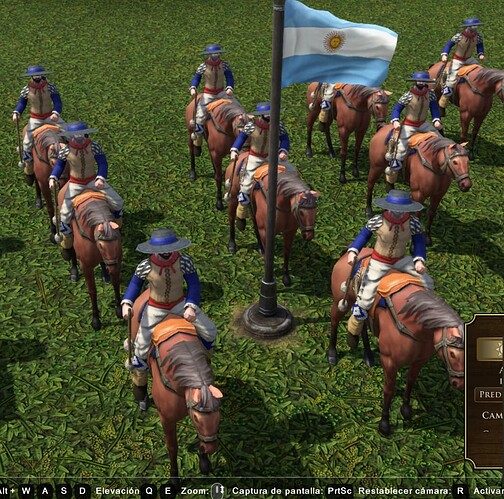Some ideas for some South American Civs, Minor Civs and maps. This will be a rough draft
Civs
Gran Colombia: Would level up normally until it reaches Age 3, from which it must then revolt to age 4 and then revolt again for Age 5 because of the 3 quintillion civil wars and rebellions that followed its establishment. Would inherit mexico’s haciendas and russia’s blockhouses.
Brazil: Federal American for reasons that should not need explanation. Would inherit features from Portugal and the US.
Muisca: Mainly, because more natives is always good and because having only Inca, Tupi and Caribs for 90% of south america KINDA sucks. Plus, these dudes were kind of the guys behind the El Dorado myth, so you’d think they should show up. Would work like Haudenosaunee
Minor Civs
Palenqueros/Cimarrones: Using both names because they kinda deserve it, considering they were the actual first ever free peoples of the Americas by decree of the Spanish Crown in 1696.
Wayuu: Natives from the Guajira Peninsula that still exist to this day.
Guaraní: Amazonic indigenous peoples, because variety is always cool.
Miskito: A tribe from Central America that managed to survive the Spanish, British and independent Central American and Colombian attempts at attacking them.
Maps
Paramo: A highland grassland that lacks many trees but allows for an easier obtention of coin due to its valuable salt deposits. Valuable Emerald mines spread through the central highground plateau can prove valuable.
Guajira: A desertic peninsula, where the first Spanish expeditions landed. To the south, lush grasslands and palms. To the north, the unrelenting heat of the desert, crowned by the Cabo the la Vela, a singular hill overlooking the ocean and the only trading route in the map
Tierra del Fuego: An archipelago at the southernmost point of the Americas, famous for housing the crucial Magellan strait, the ONLY trade route of the map. The Patagonian cold and the rough terrain leave little place for settlement, but the scattered islands south of the map may provide some much needed ground
Salt Flats: Deep inside the Andes lay the Salt Flats. The soil is rough, coarse and irritating, preventing any crops from being planted on top, with the foul smell of decaying shrimp being too strong for the trading guilds´carriages to pass a route through. The few scattered islands are your only way of securing some much needed farmlands and sustenance.
Guerra del Pacifico: (Historic Map) The War of the Pacific (1879 - 1884) was one of the many wars that occurred after the South American nations gained their independence. It saw Bolivia and Peru ally against the Chileans in a fight for control over precious nitrate deposits spread all over the South American Pacific coasts. With the newly formed United States and the emerging European empires circling around in search of valuable resources, a cruel conflict would ensue in both land and sea.
The map would work in the following way: There are 2 forts on opposite ends of the map. 3 “trading posts” spread throughout that have to be controlled for 15 minutes to win. Players start with 1 Monitor and 2 frigates
War of the Triple Alliance: (Historic Map) The War of the Triple Alliance (1864 - 1870) is the bloodiest war to have ever occured in South America to this date. After a continuous string of diplomatic errors and broken treaties, Paraguay would find itself taking on Argentina, Uruguay and Brazil. Cornered from all sides, the Paraguayans would go to the most extreme of extents to continue fighting, from fighting with their conventional army to a desperate campaign of guerrilla warfare in order to fight its enemies.
The map would work in the following way: 1 player is defending 3 forts, all with Town Centers in the middle. the other 3 are attacking. If at least 1 Town Center is still standing after 30 minutes, defender wins. Mortars and Heavy Artillery Shipments (Bombards, Royal Cannons, Rockets, etc…) are disabled.
EDIT: Added some missing details to “War of the Pacific”
![]()
![]()





